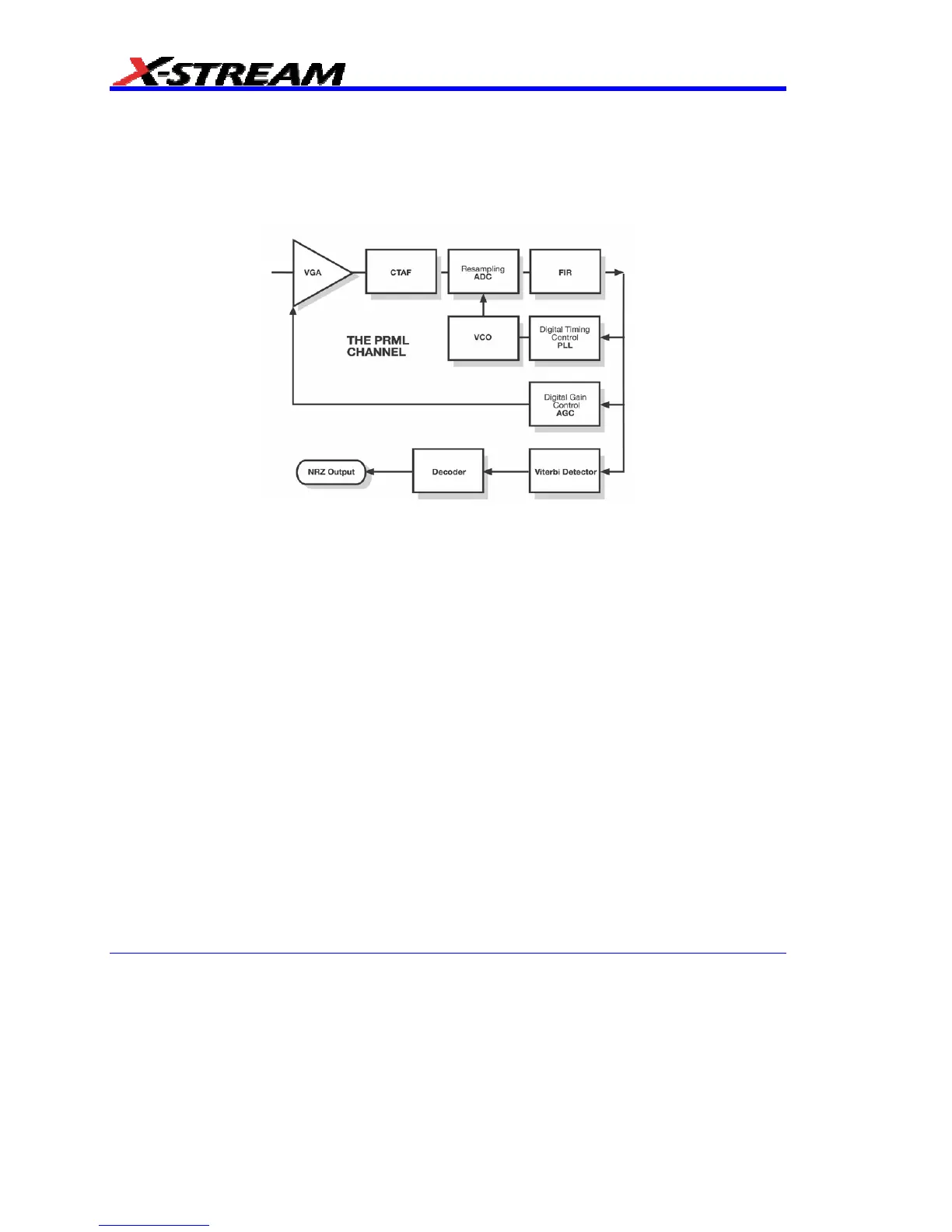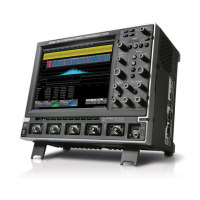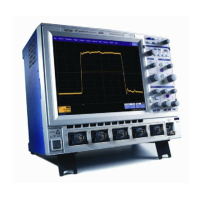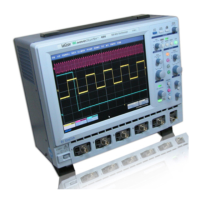420 WM-OM-E Rev I
PRML Channel Emulation
This introduction to PRML and its concepts explains the role of the PRML channel chip components.
It describes how the Channel Emulation feature of the Disk Drive Analyzer works together with
them using equalization, clock and gain recovery, maximum likelihood detection, sequenced
amplitude margin, and encoding and error detection.
Why PRML?
For the remarkable gains in disk drive capacity to continue, media and head performance
improvements are no longer enough. Faced with equally impressive advances in semiconductor
technology, disk drive engineers have been working to create a new read-channel architecture that
will allow capacity to grow unimpeded.
The answer lies in the construction of the disk itself. The disk’s magnetic poles, with two
orientations possible along the track, store the bits as "0" and "1". When the drive reads, the head
detects the transition from one pole to another --- as bit "0" to bit "1", for instance. If such transitions
are "far away," or low-density, the drive will see isolated pulses. But to increase density, the pulses
can be made shorter and placed closer together or kept wide but overlapping. While the first of
these alternatives, represented by Peak-Detect systems, has reached its limits, the second,
Partial-Response Maximum Likelihood (PRML), has allowed the industry to go on boosting
capacity.
The overlapping pulses of partial-response systems allow much greater density. PRML systems
have more samples per pw50, which is defined as the width of an isolated pulse at 50% of its
amplitude. And the more complex, or higher-order, the PRML system, the greater the density that
can be obtained. Comparing typical values achieved by available PRML systems with Peak-Detect
we find:
